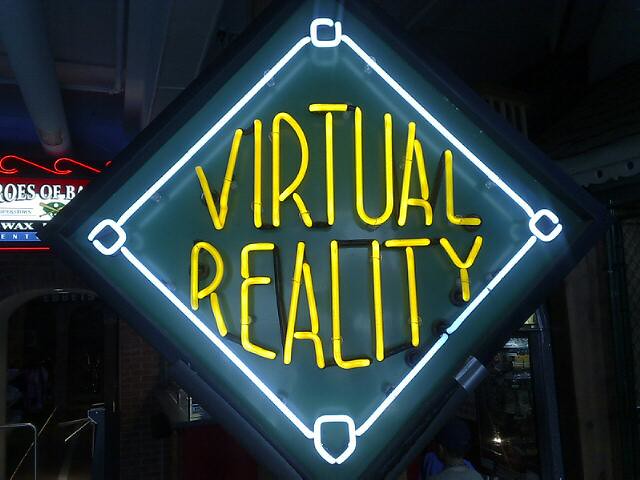Wow! This is a pretty cool invention to help make life a little easier for people with disabilities.
A start-up company called Neurable is working on a technology called BCI, which stands for brain-computer interface. This is a new, developing technology that involves the brain communicating directly with a computer.
Probably the best known example of this is the electroencephalograph, or EEG device, that measures the brain’s electrical activity via an electrode and then translates that to a machine as a read out.
Right now, mobility-impaired patients have technology to use a keyboard without using their hands, and visually impaired patients use computerized speech output systems to operate computers, and people who have learning disabilities have educational software which can create a multi-sensory experience.
These are just a few examples of how technology can make it easier for people who have a hard time with simple tasks.
Neurable is taking this to the next level by trying to develop a technology using a person’s thoughts to control a device in real time, like moving a wheelchair simply by thinking about it.
In a mobility-impaired person, the normal route from brain to action is also impaired, so Neurable’s technology basically creates an alternative route that bypasses the normal route.
The main technology is a headset that processes brain signals and converts them into mathematical algorithms that lead to actions. Neurable’s device sends a stimulus – audio, visual, or tactile (touch) – to activate brain activity; the device then interprets the stimulus as the user’s intention and permits control of the device.

Neurable was started by electrical engineer Ramses Alcaide. The idea began during his Ph.D. work at the University of Michigan’s Direct Brain Interface Laboratory, where he built BCI technology to help people with severe impairment:
- children with cerebral palsy
- amputees
- people with amyotrophic lateral sclerosis (ALS).
The initial technology behind the device was developed in the University of Michigan’s Direct Brain Interface Laboratory which focuses on developing medical applications that can improve the quality of life for those who are severely impaired.
His passion for the work started when he was only 8 years old. His uncle was in a car accident and lost both legs, and Alcaide says that experience sparked idea that he would dedicate his life to helping people with disabilities.
Alcaide is all grown up now, and he has kept his promise. Neurable has only five employees working to build a marketable prototype; they hope to one day mass produce the wearable technology. So far, they have tested the device on more than 190 people, including 60 people who have motor impairments.
The device has a wearable headset that employs virtual reality (VR).
Virtual reality is already a reality in the gaming world. Immersive VR games are already in the works (think Oculus Rift), but there are limits in how you can interact with those worlds.
Neurable takes it to the next level by placing your mind right into the VR world. “It definitely represents the next step forward in virtual reality (VR) and augmented reality (AR) by connecting your mind to these worlds,” says Alcaide.
Many researchers are developing technology that is non-invasive to the brain.
Unfortunately, there are challenges. Any device with lots of functionality turns out way too expensive, while other devices are too invasive or too complicated to learn.
Neurable says its technology is very accurate, cost effective, and has a short setup time, especially when compared to competing BCI technology, like eye tracker devices.
Alcaide envisions a future where Neurable’s BCI allows disabled people to drive, and even control computers, televisions, and smart phones. Pretty cool, huh?






